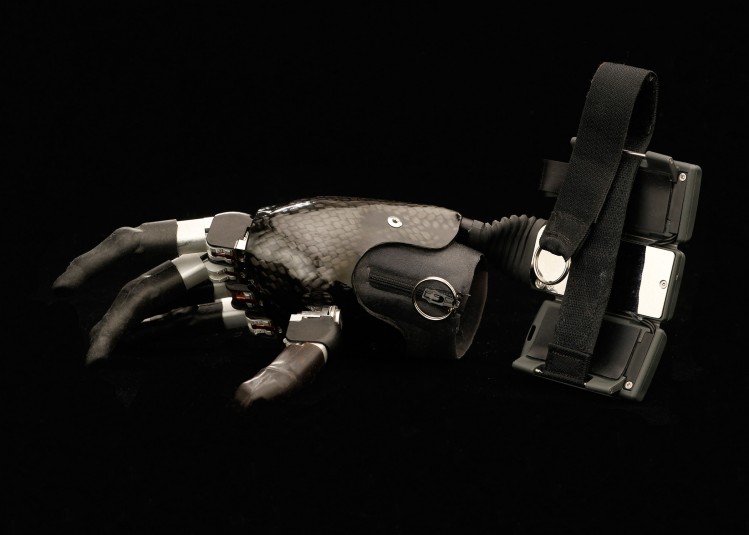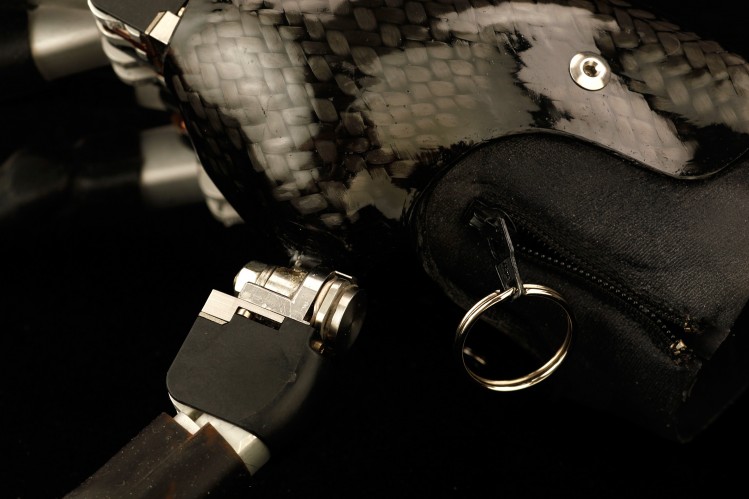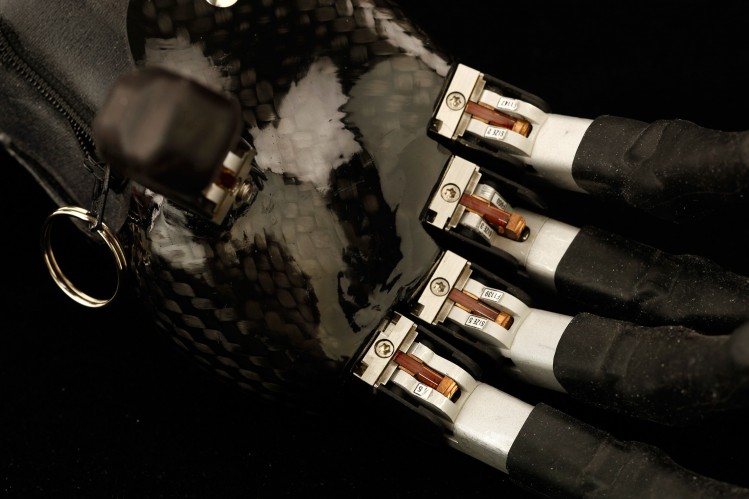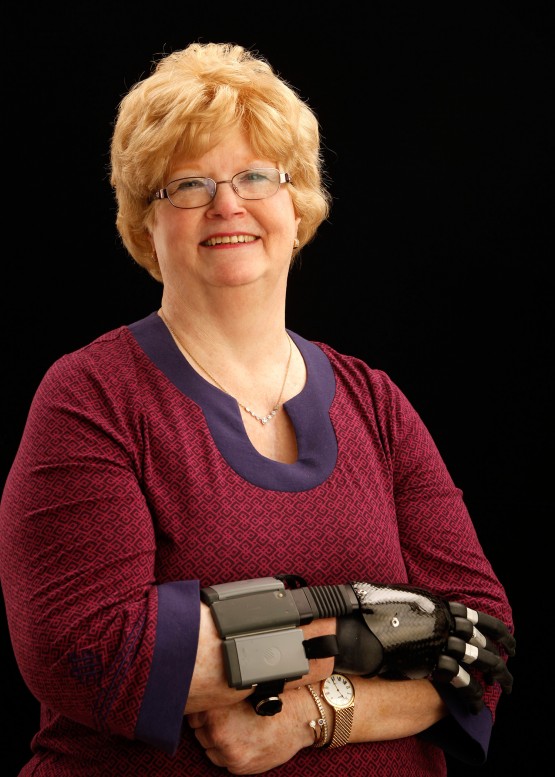Myoelectric Hand
The design and engineering of this high tech innovation seemed remarkable and promising, but Cindy finds she has little use for it.
Description
This hand is customized with 18 positions or grips (known in the industry as “gestures”), some of which were preset, some that Cindy chose—and programmable from an iPod. The design and engineering of this high tech innovation seemed remarkable and promising!
But after a lengthy insurance process and specialized training for that replacement limb, Cindy finds she has little use for it. Cindy calls it her “Darth Vader hand,” and finds it is hot, heavy, and too robotic-looking; she finds the inhumanly long fingers awkward to use.
Of course, Cindy’s is just one experience with these hands. Neither she nor we would deny their transformative impact when designed for the right person’s conditions. Cindy saw this firsthand: when she went for a week-long training to learn to use the prosthesis, she worked alongside a man whose hands were significantly altered in an industrial accident, leaving them with very different functionality. For him, the independence gained by the myoelectric model was life-changing.
For us, the lesson of this high-tech innovation is a complicated one. A myoelectric hand is the kind of prosthesis that gets all the media attention devoted to disability and technology, obscuring the far more varied and interesting objects that make daily living tasks possible for most people with disabilities. It is possible to respect and laud the advances that the high-tech hand makes possible, while also questioning its singular, reigning status in the assistive technology landscape. Cindy was one of a privileged few clients to qualify for that hand; but in the end, it is cable ties and cosmetic sponges and simple molded silicone that make the match between her body and her environment.





